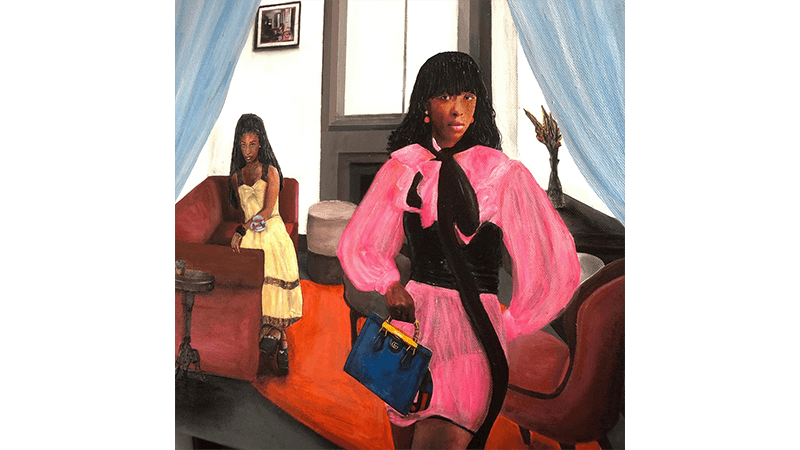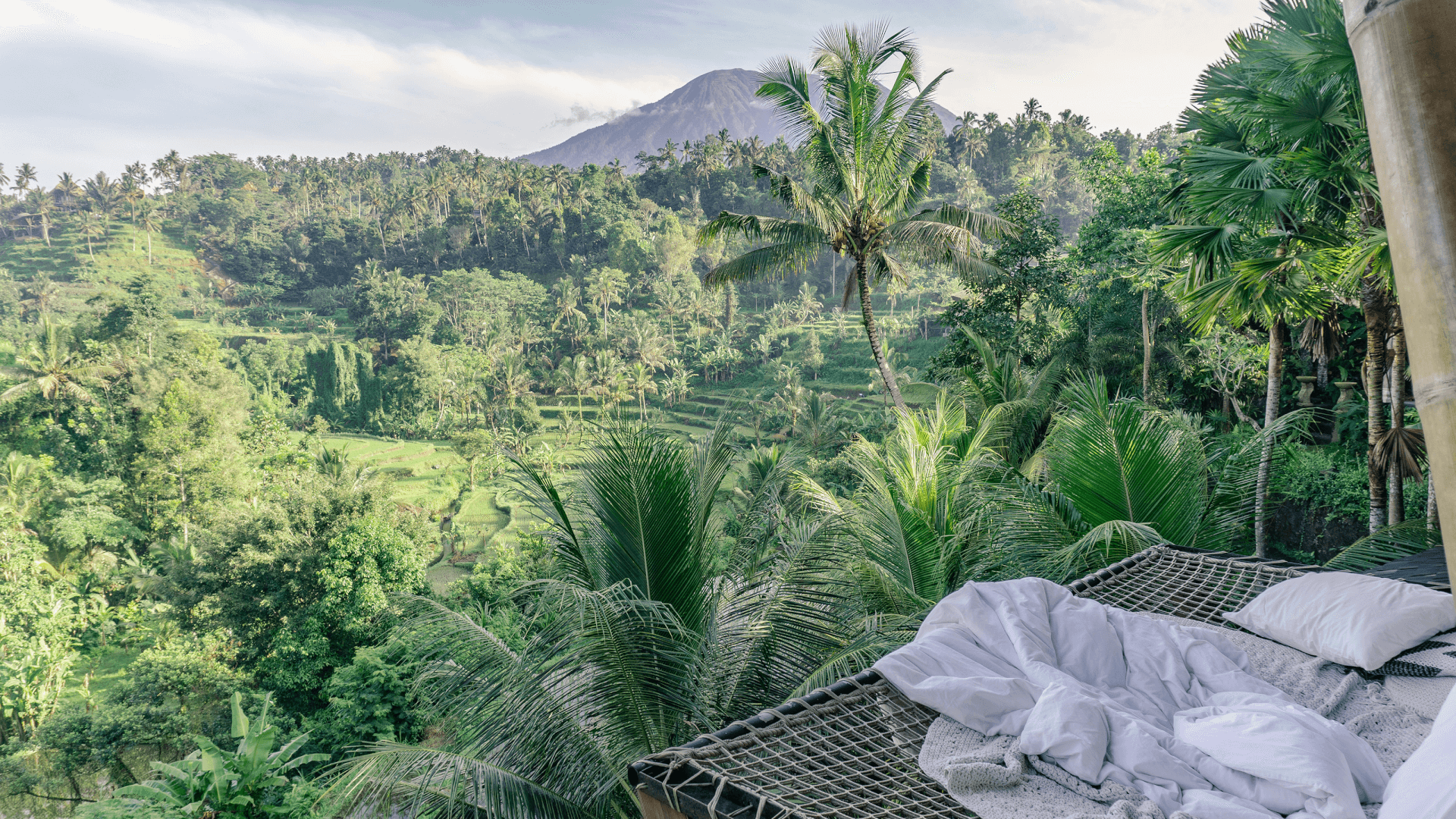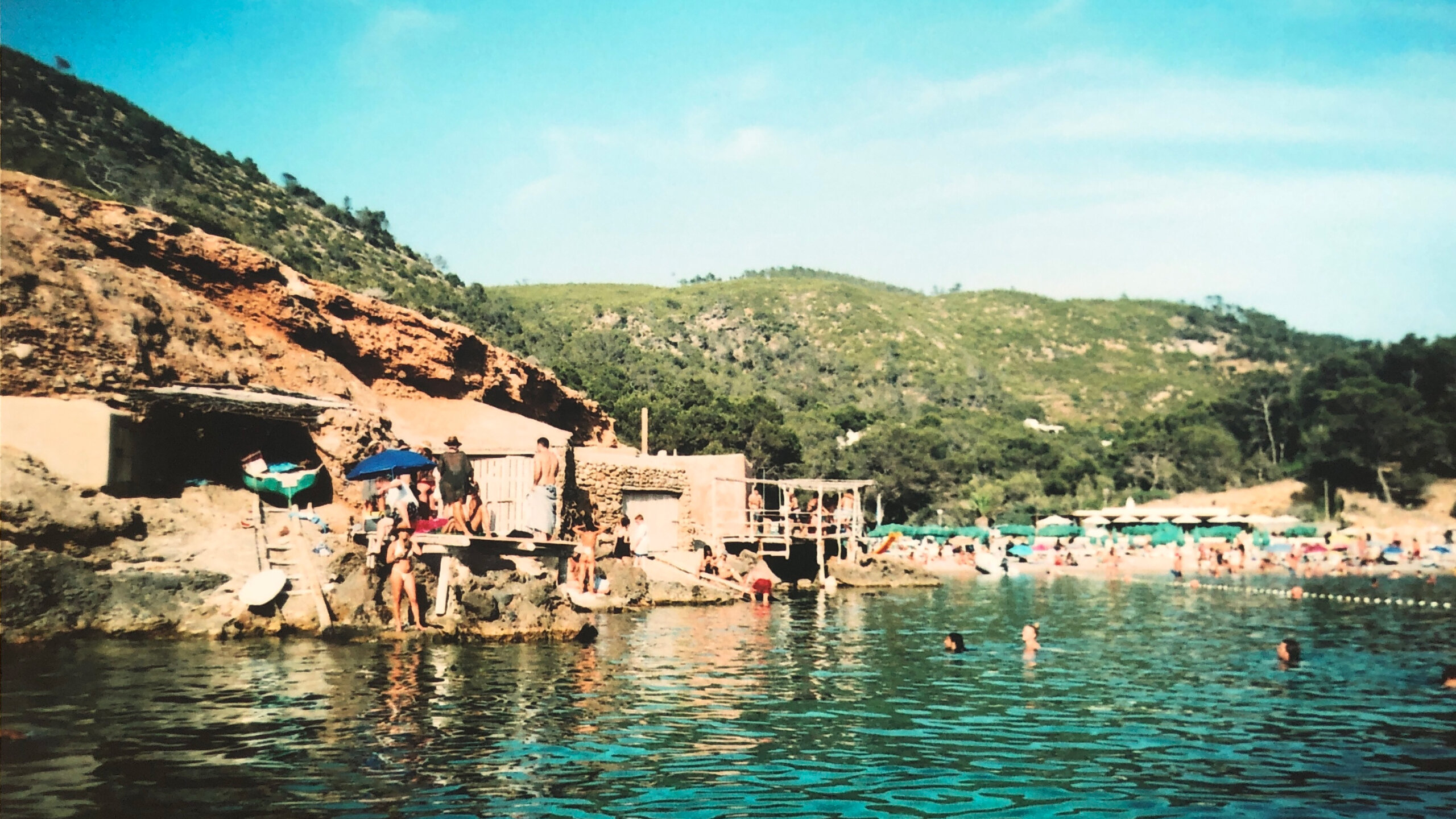My Hometown: Cinthia Sifa Mulanga’s Johannesburg
“It’s like electricity: busy, loud, colourful,” says visual artist Cinthia Sifa Mulanga, describing the cultural diversity of the city she’s called home for 18 years. “There are people from around the world – by the time you’ve walked from one set of traffic lights to the next, you’ve already heard three different languages.”
Born in the Democratic Republic of the Congo (DRC), Mulanga moved to Johannesburg with her family in 2006 during the conflict between the DRC and Rwanda. “It was hectic, and because my grandmother is Congolese and my grandfather is from Rwanda, it was like being tossed between different places. As soon as my mum had the opportunity to build a life in South Africa, she sold everything we had so that we could move.”

Mulanga lives with her mum, brother and sister in Randburg, 20 minutes from Johannesburg’s bustling central business district. “Some of my favourite memories growing up here are walking back from high school with my friends and chilling on Ghandi Square, especially on Fridays when artists would come to sing and perform.”
Besides its mining history and thriving business sector, today Johannesburg has an eminent art scene. Maboneng, meaning ‘place of light’ in Sotho (one of the 11 official languages spoken in South Africa), is often considered the centre of creative energy, with a cool hub of galleries, artist studios, restaurants, theatres and a lively Sunday market. “I went there lots when I was studying at the city’s Institute of Printmaking, visiting artist studios like August House and Ellis House.”
However, the artsy district of Rosebank is Mulanga’s latest stomping ground. “It has major galleries and public art, plus a bunch of cool restaurants, a games area, fashion sections and markets,” she says. “It’s a new spot for me; I’m still exploring this city. I used to be inside all the time, as I paint from my studio. I also used to hide myself away for fear of judgment, of getting hurt, of the male gaze. Now, as I discover new areas, I’m evolving with some of these places, too.” She adds that while Johannesburg has changed in “both good and bad” ways since she moved there, “there’s more appreciation for art”.
Not least for her own, which “speaks about the notions of beauty and how it affects Black women physically and psychologically”. After graduating in 2020, she uploaded her work to Johannesburg’s Latitudes online art market and sold out within a week. “They offered to manage and mentor me and from there, my career blossomed.”
She has since exhibited at the UN Women A Force For Change auction, collaborated with Gucci to celebrate its Diana tote bag and, last year presented her first solo exhibition at Johannesburg’s distinguished Goodman Gallery. “It was a real pinch-me moment to see my work there. This vibrant city is full of opportunities; you make your own in Johannesburg.”
Mulanga’s Top 5 Things To Do In Johannesburg…
- Momo Kuro – a cool Asian restaurant on Keyes Art Mile in Rosebank. They have really good small plates; my favourites are the siu mai and kung pow bao.
- NIROX Sculpture Park – This park in Krugersdorp (around a 45-minute drive from Johannesburg), has calming waterfalls and more than 50 art installations. I love the one by Ayana V Jackson.
- The Royale – a vibrant restaurant and bar that always gets me dancing and singing. They play classic R&B and hip-hop with a mix of amapiano, plus the cocktails are great.
- FNB Art JoBurg – Africa’s longest-running contemporary art fair and definitely worth a visit.
- Northcliff Hill – The views from the second-highest point in Johannesburg are wonderful. I always head there after finalising a body of work to watch the sunset.
Lisa Harvey is an editor and writer based in London, who has written for titles including Stylist, BBC, The Guardian, Time Out and Glamour




